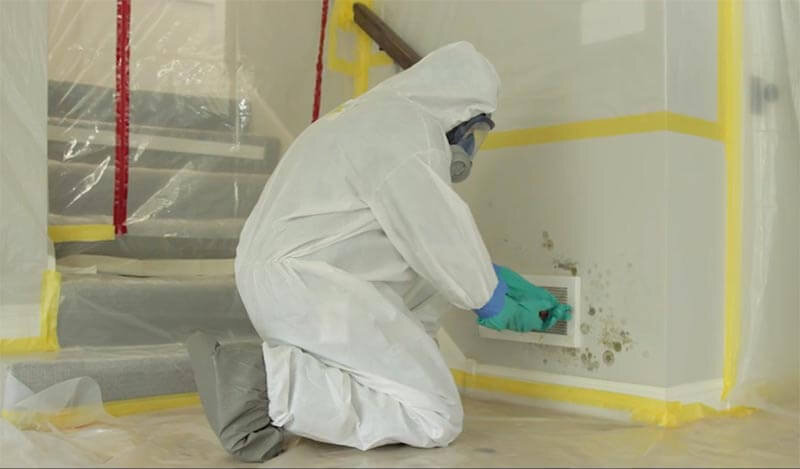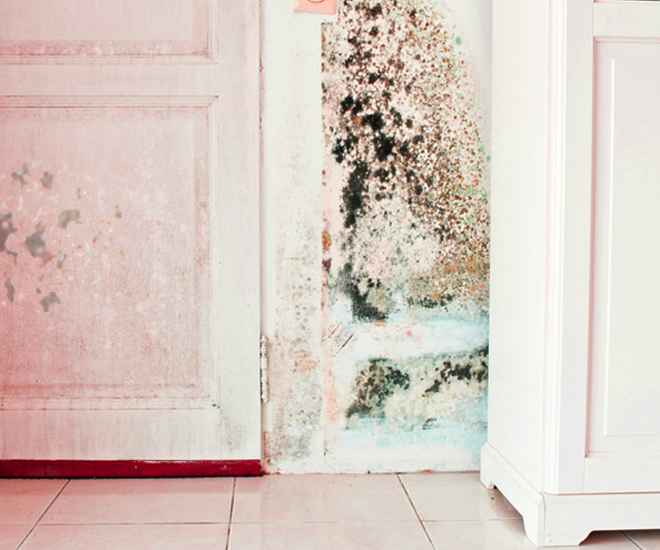Guidance on What to Do After Mold Remediation
Guidance on What to Do After Mold Remediation
Blog Article
Your Ultimate Overview to Article Mold And Mildew Removal Methods
Navigating the realm of post-mold removal methods is a meticulous process that demands focus to detail and a detailed understanding of the intricacies entailed. In the aftermath of mold and mildew invasion, recognizing exactly how to successfully eliminate the mold and prevent its reoccurrence is extremely important for keeping a healthy and balanced interior atmosphere. From picking the appropriate cleaning and decontaminating techniques to applying approaches for long-term mold avoidance, each action in the remediation trip plays a crucial duty in guaranteeing a successful outcome. As we embark on this expedition of post-mold remediation techniques, we will certainly reveal the essential techniques and best techniques that can aid you restore your area to its pre-mold problem and protect it versus future mold hazards.
Understanding Post-Mold Remediation Refine
After completing the mold and mildew remediation process, it is important to recognize the post-mold remediation methods that are needed to guarantee a reliable and detailed clean-up. Once the mold and mildew has been gotten rid of, the following action involves cleaning and decontaminating the affected areas to prevent any type of regrowth of mold and mildew.
In addition, conducting a final evaluation post-remediation is crucial to guarantee that all mold has actually been effectively eradicated. This examination must involve a comprehensive visual check in addition to perhaps air tasting to validate the lack of mold and mildew spores in the air. Extra remediation might be needed if the examination discloses any type of lingering mold. Educating passengers on preventive steps such as controlling dampness degrees and quickly dealing with any water leaks can assist maintain a mold-free setting.
Efficient Cleansing and Decontaminating Approaches

Protecting Against Future Mold Development

Significance of Proper Air Flow
Appropriate air flow plays a vital duty in protecting against moisture build-up, an essential consider mold and mildew development within indoor settings. Efficient air flow systems assist eliminate excess moisture from the air, reducing the chances of mold and mildew spores discovering the moisture they require to spread and sprout. Without ample Visit Your URL air flow, interior spaces can end up being a reproduction ground for mold and mildew, leading to potential wellness risks and structural damage.
By ensuring appropriate air flow, air flow systems can also assist in drying moist locations extra promptly after water damages or flooding events, better deterring mold and mildew growth. what to do after mold remediation. In spaces like restrooms, kitchen areas, cellars, and attic rooms where moisture levels have a tendency to be greater, installing and preserving efficient air flow systems is crucial in stopping mold and mildew problems

Monitoring and Upkeep Tips
Provided the vital duty that correct ventilation plays in preventing mold development, it is essential to develop effective surveillance and maintenance pointers to make certain the continued performance of ventilation systems. Full Report Monitoring moisture levels within the building is additionally critical, as high humidity can contribute to mold development. By remaining mindful and aggressive to the condition of air flow systems, building owners can properly minimize the threat of mold regrowth and maintain a you could try here healthy and balanced interior atmosphere.
Final Thought
Finally, post-mold remediation strategies are important for ensuring a risk-free and tidy atmosphere. Recognizing the procedure, applying reliable cleansing and disinfecting approaches, preventing future mold growth, maintaining appropriate ventilation, and routine tracking are all essential steps in the removal procedure. By adhering to these guidelines, you can efficiently eliminate mold and mildew and stop its return, functioning or promoting a healthy and balanced living space for all residents.
In the aftermath of mold and mildew invasion, recognizing just how to properly remove the mold and avoid its reoccurrence is paramount for maintaining a healthy interior environment. Once the mold has been removed, the following action entails cleansing and disinfecting the impacted locations to stop any type of regrowth of mold and mildew - After mold remediation. After getting rid of noticeable mold development, it is vital to cleanse all surface areas in the afflicted area to get rid of any continuing to be mold spores. To further improve mold avoidance procedures, it is vital to address underlying concerns that at first led to mold and mildew growth.Given the essential duty that proper air flow plays in stopping mold development, it is imperative to establish efficient monitoring and maintenance tips to guarantee the continued functionality of ventilation systems
Report this page